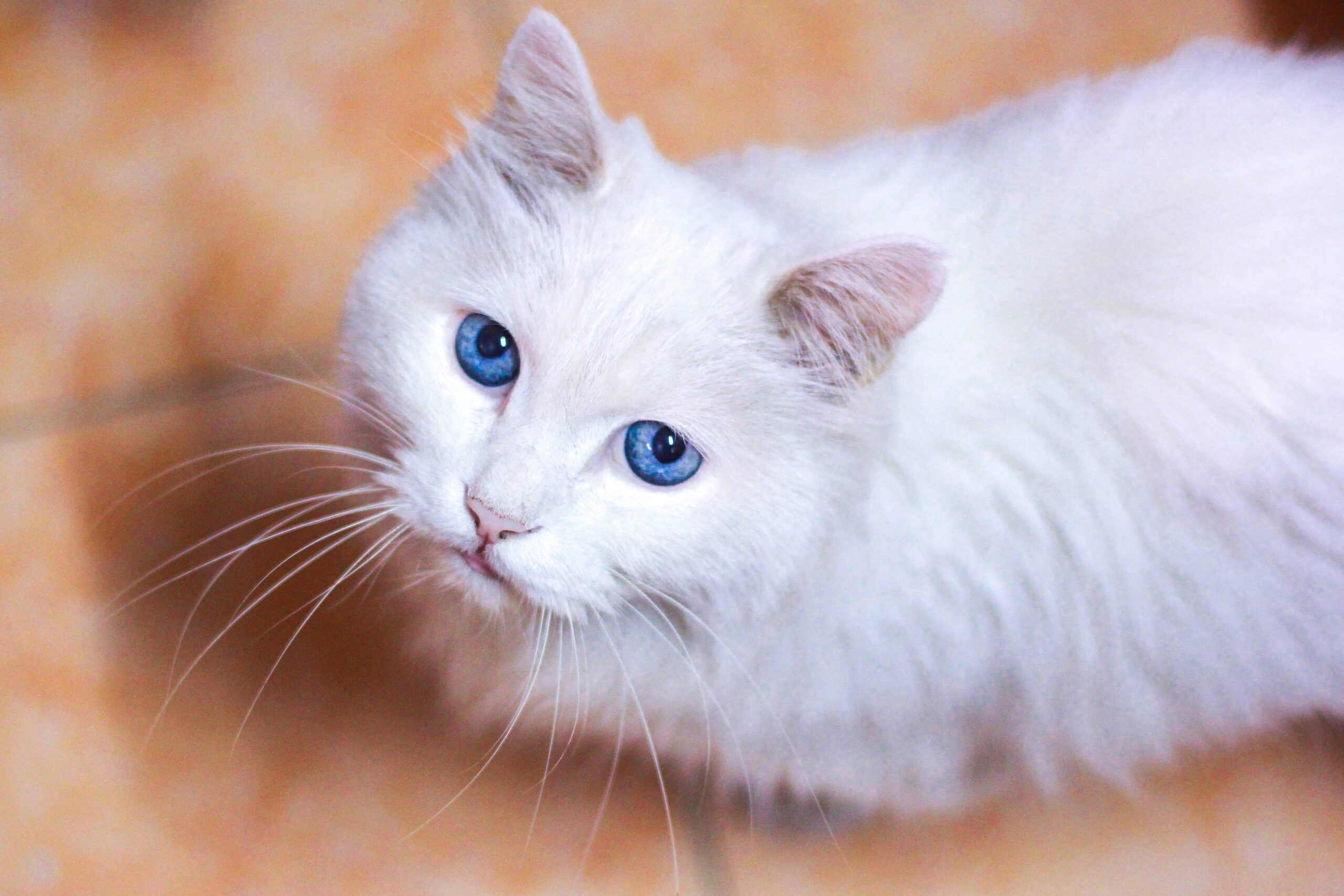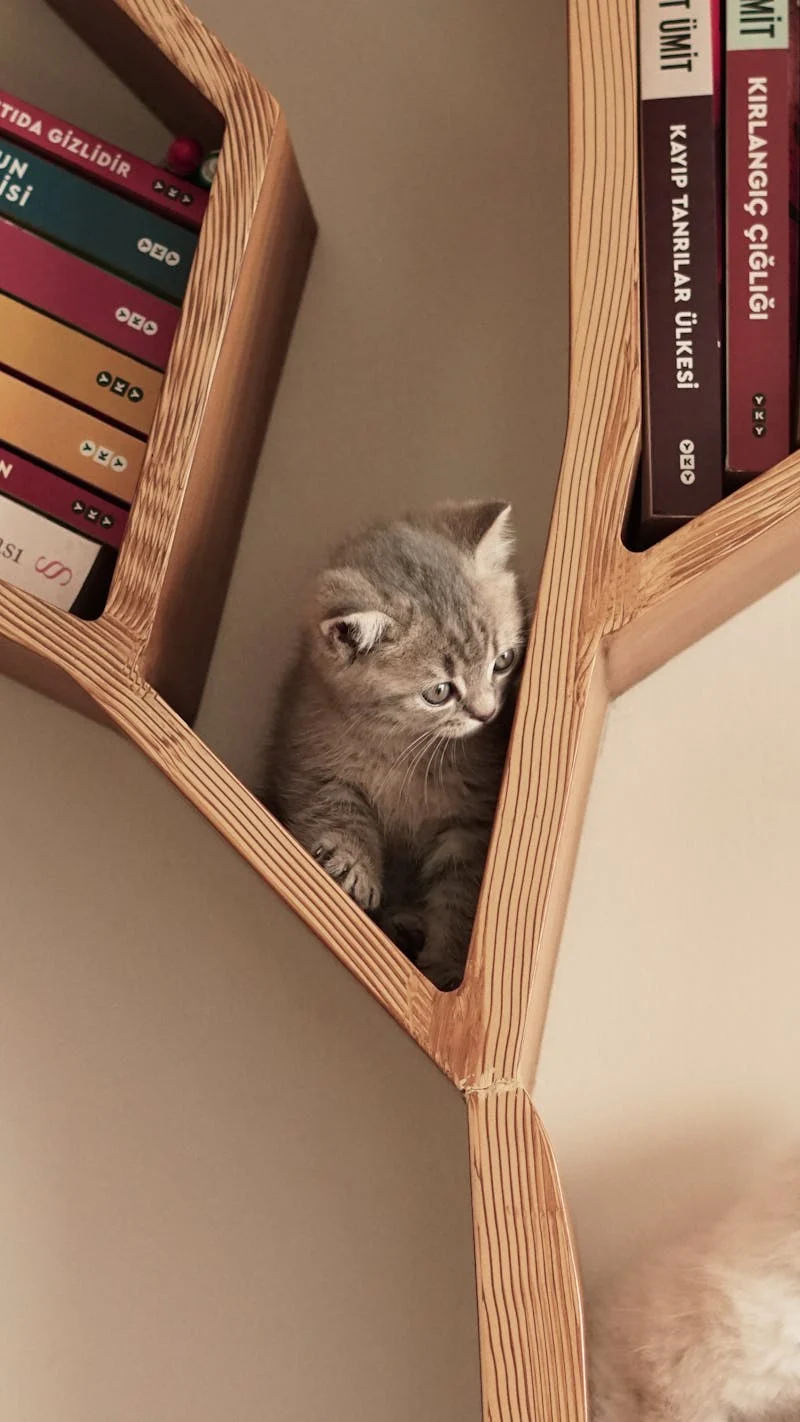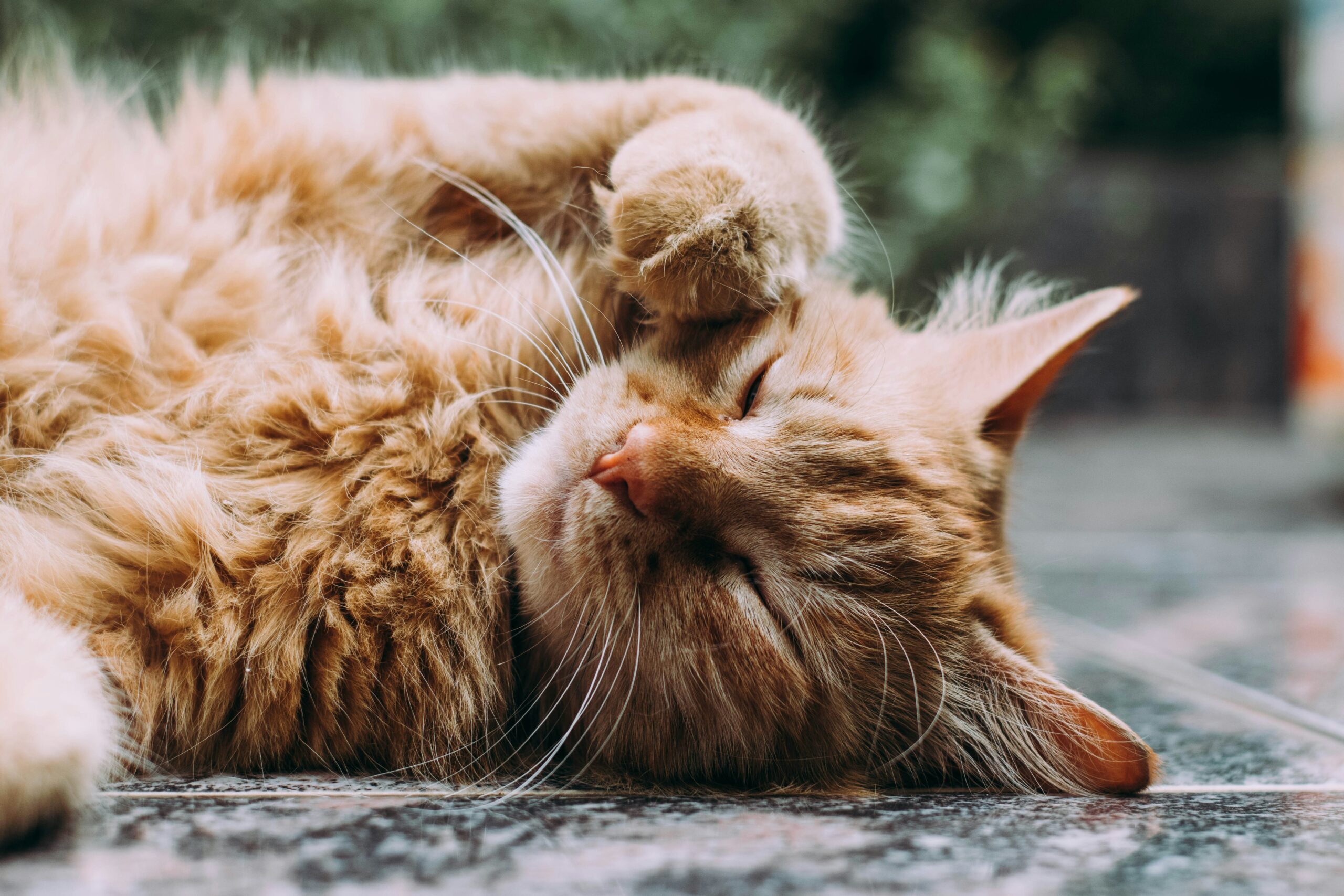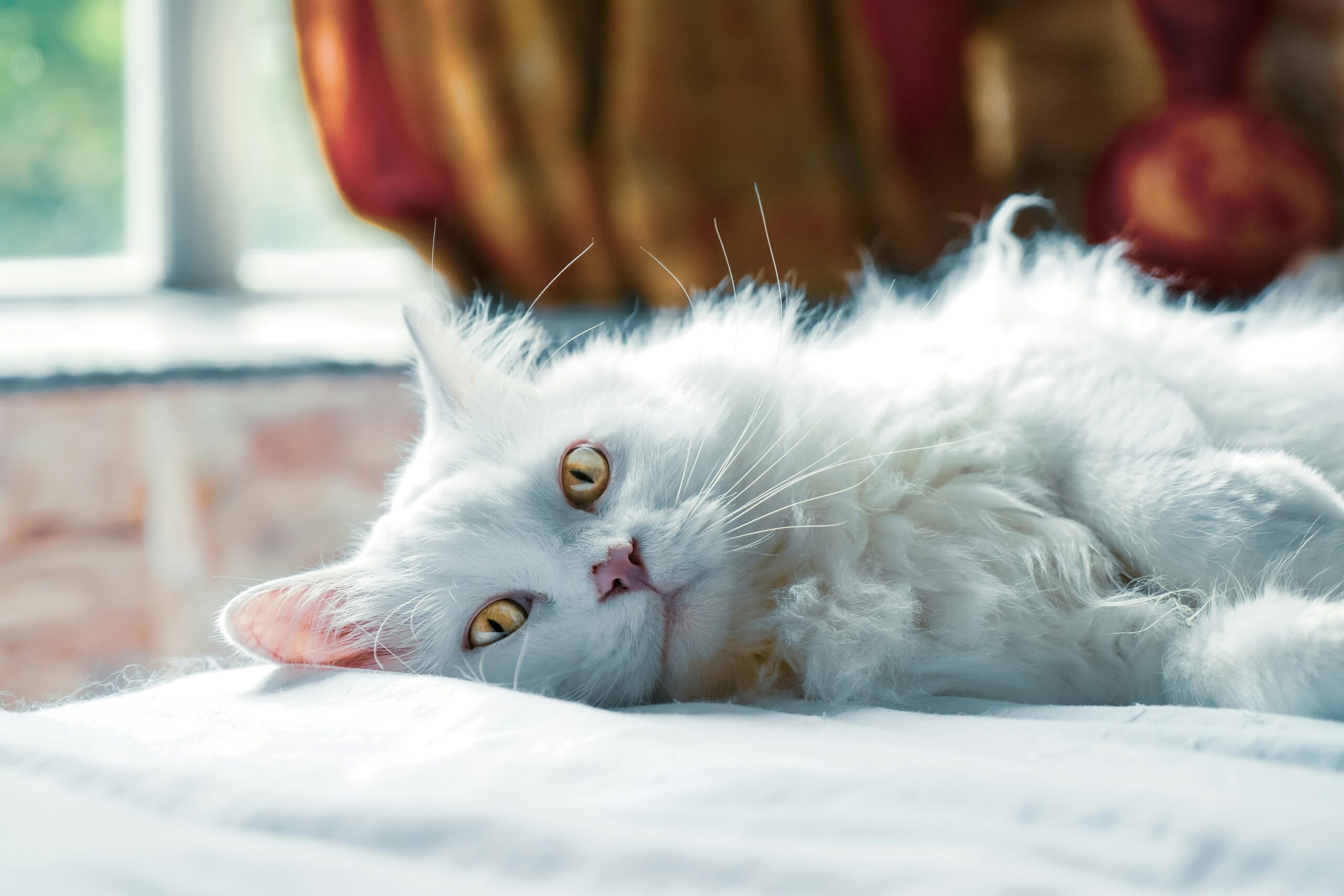How to Remove Matted Cat Hair

How to Remove Matted Cat Hair: A Step-by-Step Guide for Cat Owners
Matted cat hair is a common problem that many cat owners face, particularly with long-haired breeds like the Persian cat. When a cat’s fur becomes tangled and clumped, it not only looks unsightly but can also cause discomfort, skin irritation, and even infections. Removing matted hair requires patience, the right tools, and a gentle approach to avoid hurting your cat.
In this comprehensive guide, we’ll explore why cat fur gets matted, how to safely remove those mats, and how to prevent them from occurring in the future. Whether your cat has long or short hair, these tips will help you keep their coat smooth, shiny, and tangle-free.
Understanding Matted Cat Hair: What Causes It?
Before we jump into how to remove mats from your cat’s fur, it’s essential to understand the causes of matted hair. Mats form when dead hair, dirt, and debris get trapped in the fur, leading to clumping and tangling. Long-haired cats like Persians are particularly susceptible to matting because of their dense coats.
Here are some common causes of matted fur in cats:
1. Lack of Regular Grooming
Cats naturally groom themselves, but some cats—especially those with long or thick fur—may need extra help. If grooming isn’t done regularly, dead fur and debris can build up, leading to mats.
2. Shedding
When a cat sheds its coat, the loose fur can become trapped within the remaining hair, leading to tangles and clumping. This is particularly common during seasonal shedding periods.
3. Health Issues
Cats that are overweight, elderly, or have mobility issues may struggle to groom themselves effectively. This can lead to the buildup of dead fur and dirt, resulting in mats.
4. Moisture
Mats are more likely to form if your cat’s fur becomes wet or damp. Wet fur tends to clump together, especially if it isn’t brushed or dried thoroughly afterward.
5. External Factors
Dirt, debris, and other external materials can get caught in your cat’s fur, especially if they spend time outdoors or in dusty areas. If not removed, these materials can contribute to matting.
Why Matted Fur is a Problem
Matted fur isn’t just a cosmetic issue; it can lead to several health problems for your cat. Mats can pull on the skin, causing discomfort and pain. If left untreated, mats can trap moisture close to the skin, creating the perfect environment for infections, sores, and parasites. In severe cases, mats can cut off blood circulation, especially if they are tight and located around sensitive areas like the legs or neck.
Common Issues Associated with Matted Fur:
- Skin Irritation: The constant tugging of the mats on the skin can lead to redness, inflammation, and even sores.
- Infections: Mats trap moisture and dirt, which can lead to bacterial or fungal infections.
- Discomfort or Pain: Severe mats can pull on the skin, causing your cat significant discomfort or even pain.
- Restricted Movement: Mats around the legs or under the arms can restrict movement, making it difficult for your cat to walk or groom itself.
How to Safely Remove Matted Cat Hair
Removing matted fur can be a delicate process. Cats have sensitive skin, and pulling too hard on mats can hurt them. It’s important to be gentle, patient, and use the right tools to avoid causing discomfort or injury.
Here’s a step-by-step guide to help you safely remove mats from your cat’s fur.
Step 1: Gather the Right Tools
Before you begin, make sure you have the appropriate tools for the job. Having the right grooming equipment will make the process much easier and less stressful for your cat.
- Wide-Tooth Comb: For gently working through tangles.
- Mat Splitter or Dematting Tool: Specifically designed to break apart mats without pulling on the skin.
- Slicker Brush: For smoothing out the coat after the mats are removed.
- Blunt-Ended Scissors: To carefully cut out stubborn mats.
- Detangling Spray: A cat-safe spray can help loosen tight mats.
- Towel: To keep your cat calm and still during the process.
Step 2: Calm Your Cat
It’s important to keep your cat calm and relaxed while removing mats. Cats are sensitive creatures, and grooming can sometimes make them anxious or agitated. Make sure to choose a quiet, comfortable space where your cat feels safe. If your cat is very skittish, consider wrapping them in a towel, leaving the matted area exposed. This will help keep them still and prevent any sudden movements.
Step 3: Start with Gentle Brushing
Begin by gently brushing your cat’s fur around the matted area using a wide-tooth comb. This will help loosen any smaller tangles and allow you to identify the size and severity of the mats. Take your time and avoid tugging too hard, as this can cause discomfort.
Step 4: Use a Mat Splitter or Dematting Tool
For larger or more stubborn mats, you may need a specialized tool like a mat splitter or dematting comb. These tools are designed to break the mat apart without pulling too hard on the skin.
- How to Use: Gently insert the dematting tool into the base of the mat, working it through the fur in small sections. Slowly and carefully work your way through the mat, breaking it apart. Be patient—rushing this process can hurt your cat and damage their coat.
Step 5: Cut Out Severe Mats (If Necessary)
In cases where mats are too severe to comb out, you may need to cut them out. Use blunt-ended scissors to avoid accidentally cutting your cat’s skin.
- How to Cut Mats Safely: Slide a comb between the mat and your cat’s skin to protect the skin. Carefully snip away small sections of the mat, working your way through until it’s fully removed.
Step 6: Apply Detangling Spray (Optional)
If the mat is particularly tight, a detangling spray can help loosen the hair. Make sure to use a cat-safe product and follow the instructions on the label. Spritz the matted area lightly and let it sit for a few minutes before attempting to comb through the mat again.
Step 7: Reward Your Cat
Once the mats have been removed, reward your cat with treats and praise. This positive reinforcement will make future grooming sessions easier and less stressful for both of you.
Preventing Matted Fur in Cats
The best way to deal with matted fur is to prevent it from forming in the first place. Regular grooming and a healthy coat-care routine can go a long way in keeping your cat’s fur smooth and tangle-free.
1. Regular Brushing
Brushing your cat’s fur regularly is the most effective way to prevent mats from forming. Long-haired cats like Persians should be brushed daily, while short-haired cats can be brushed a few times a week. Make sure to use a brush that’s appropriate for your cat’s fur type.
2. Bathing
While cats typically groom themselves, occasional baths can help remove dirt, debris, and excess oils that contribute to matting. Use a cat-safe shampoo and make sure to thoroughly dry your cat after the bath, as damp fur is more likely to mat.
3. Check for Tangles Regularly
Periodically check your cat’s fur for tangles, especially in problem areas like behind the ears, under the legs, and around the neck. Catching tangles early can prevent them from turning into full-blown mats.
4. Grooming for Senior or Overweight Cats
Cats that are elderly, overweight, or have mobility issues may have trouble grooming themselves properly. If your cat falls into one of these categories, they’ll need extra help from you to keep their fur in good condition. Regular grooming sessions can help compensate for their limited grooming ability.
5. Professional Grooming
If you’re unable to manage your cat’s coat at home, consider taking them to a professional groomer. Professional grooming services can keep your cat’s coat in top shape, especially for breeds that require more frequent attention, like Persians.
When to Seek Veterinary Help
In some cases, mats can become so severe that at-home grooming isn’t enough. If the mats are large, tight, or causing discomfort to your cat, it’s time to seek help from a veterinarian or a professional groomer. They may recommend sedation or a professional shave if the mats are particularly problematic.
Conclusion: Keeping Your Cat’s Coat Healthy and Matt-Free
Matted fur is more than just a cosmetic issue; it can cause your cat discomfort and even lead to health problems if left untreated. By understanding what causes mats and following the steps to safely remove them, you can ensure your cat stays happy, healthy, and mat-free.
Regular grooming, especially for long-haired breeds like Persians, is key to preventing mats from forming. With the right tools, patience, and care, you can keep your cat’s coat in beautiful condition and avoid the hassle and discomfort that matted fur can bring.
If your cat is prone to mats or you struggle with grooming, consider professional.




